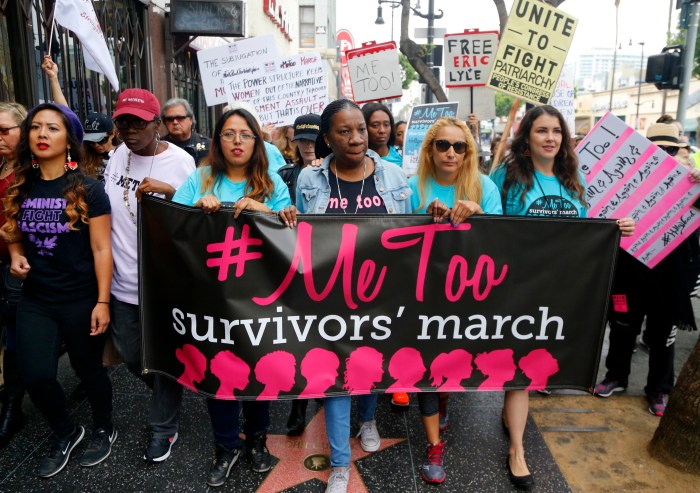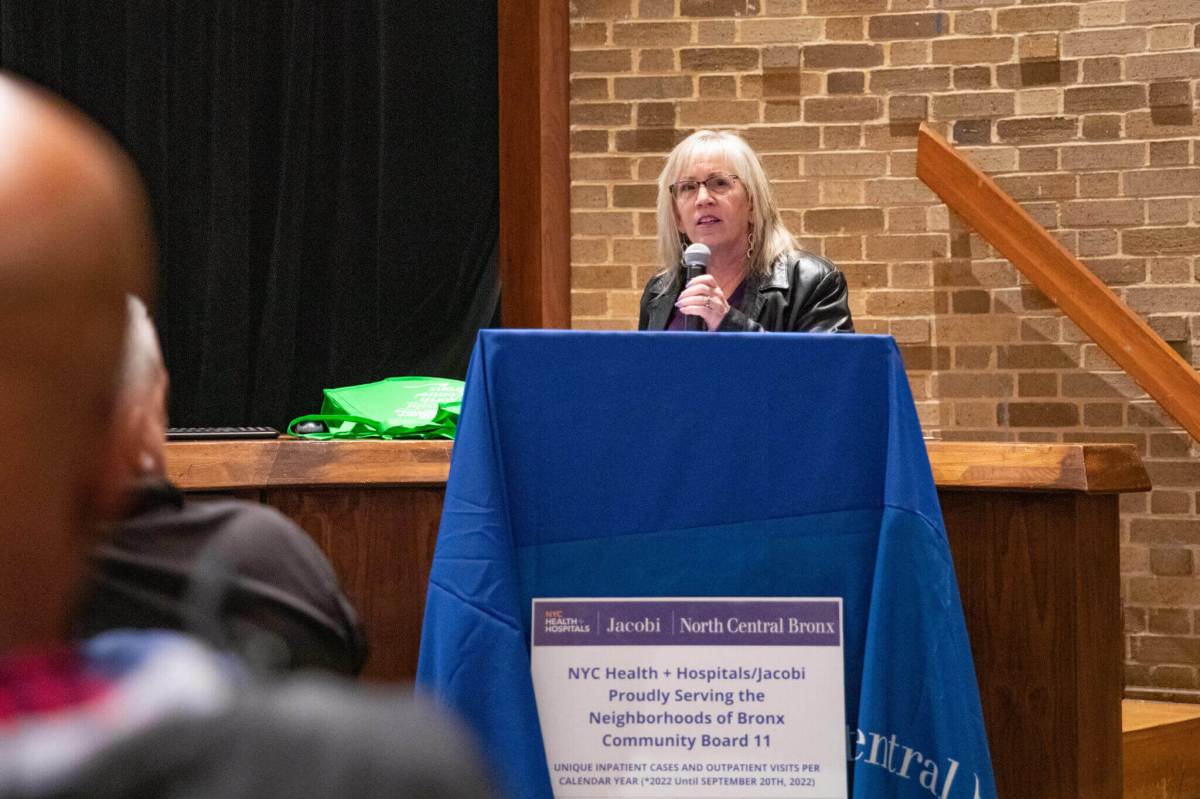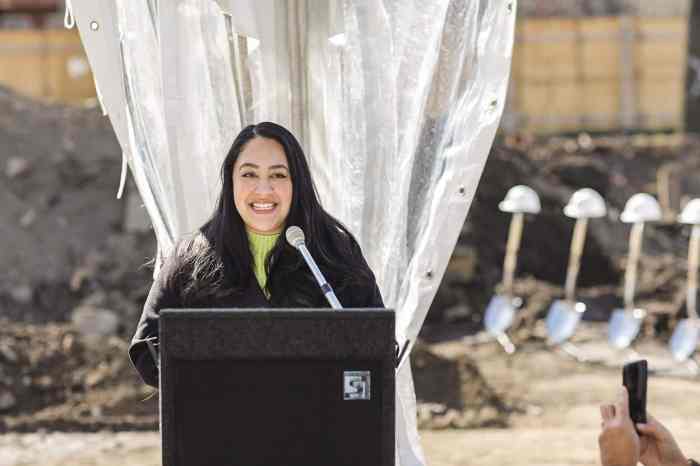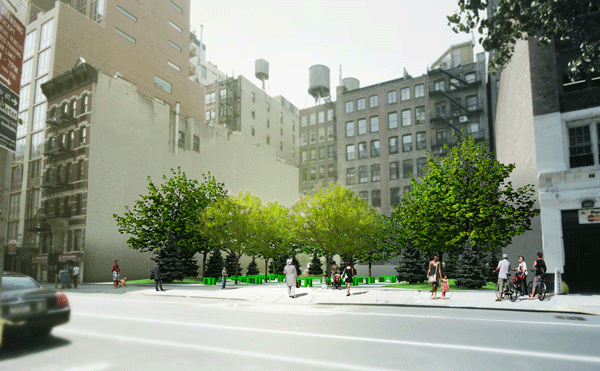
BY EILEEN STUKANE | ORIGINALLY PUBLISHED JUNE 26, 2014 | Chelsea and Hell’s Kitchen will have over 11,000 affordable apartments — perhaps more — if the plan envisioned by Community Board 4 (CB4) is fully realized. That number would be achieved through changing an industrial corridor into a residential one, preventing current affordable housing from falling into market rate, and creating many new units (some of which are already under construction).
In his determination to make New York City a more affordable place to live, Mayor de Blasio has asked the city’s 59 Community Boards for help in identifying sites, and making suggestions for ways to increase affordable housing in their neighborhoods. The mayor’s drive for affordability has led him in various directions. He recently urged the city’s Rent Guidelines Board to adopt a freeze on one-year increases for rent-stabilized apartments.
Although the freeze was not approved, the Board did vote in a remarkably low 1 percent increase on one-year renewals and a 2.75 percent increase on two-year leases. Promptly taking the mayor’s request to heart, CB4 is the first community board to have undertaken a comprehensive, organized analysis of the options in its community.
The result is “Affordable Housing: Community District 4 (Under Construction, Under Public Review, Pipeline and Proposed Sites).” The impressive 60-page plan was unveiled on June 19, at a meeting of CB4’s Housing, Health and Human Services Committee (HHSC). The committee’s co-chair, Joe Restuccia, moderated a page-by-page presentation of CB4’s findings, explaining that the current scenario would continue to be refined until it is finalized by a full board vote (probably at the July 30 meeting).
In the meantime, those attending learned solid new information and heard hopeful visions for affordability where they lived. Divided into six sections (Sites Under Construction, Sites With Completed Public Review, Sites Under Public Review Process, Development Pipeline, Proposed Development Sites, and Proposed Rezoning And Text Amendments), the plan delivered highlights and hot spots.
HIGHLIGHTS OF CB4’S AFFORDABLE HOUSING PLAN
From the eight buildings currently under construction in Chelsea and Hell’s Kitchen, 2,883 new apartments are being created — and 735 of them will be affordable units, mostly for those making from 40 to 80 percent of Area Median Income (AMI). As previously reported in Chelsea Now, the U.S. Department of Housing and Urban Development (HUD) takes a wide variety of data (including income, cost of living, and census figures) to create an AMI that varies according to where you live. In New York County, the 2014 Median Income is $62,500. Guided by the AMI, developers who receive a number of incentives such as tax breaks and low-cost financing must offer a percentage of the apartments they create for affordable housing. The rule has been for developers to offer 20 percent of their units for affordable renting. However, Mayor de Blasio and his administration are now pushing for 30 percent affordability in future new constructions.
A TF Cornerstone development at 606 W. 57th St. has completed the public review process but has not yet started construction. It is a 42-story mixed-use building that will have an increase in affordable units. At the instigation of City Councilmember Helen Rosenthal, in addition to the 205 apartments required, 10 units will be added at higher than usual AMI levels. “There are now units at 165 percent AMI and units we’ve never seen before, at 200 percent and 230 percent AMI,” said Restuccia. “Councilmember Rosenthal’s concern was that for the Upper West Side, there are many who can’t compete in the market. They might be able to afford $3,500 for a two-bedroom, but two-bedrooms are $5,500. So we ended up with more affordable units, a total of 215.”
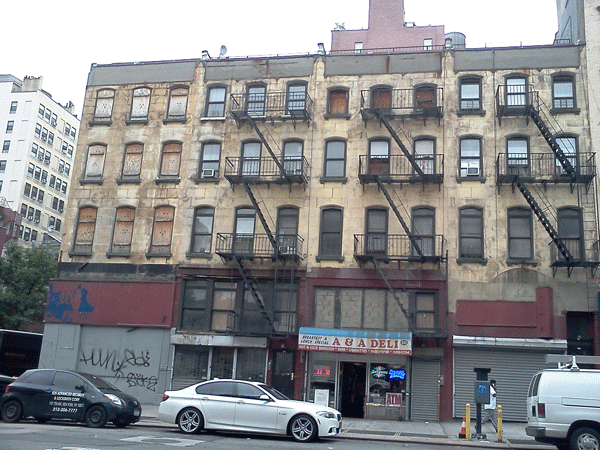
Two development projects joined together in inclusionary housing are the 525 W. 52nd St. Taconic/Ritterman building — which elevates up to 22 stories and has 79 affordable apartments — and the 540 W. 53rd St. Clinton Housing Development Company (CHDC’s) building of 103 fully residential apartments. On W. 52nd St. the affordable apartments will be for those earning 40 to 50 percent AMI, while the W. 53rd CHDC building will take over the higher end, for those making from 80 percent up to 165 percent AMI.
There was news that Harborview Terrace, a two-building complex developed by the New York City Housing Authority (NYCHA) in the 1970s at 535 W. 55th St., could have a new life with a proposed third building of over 200 affordable apartments, improvements to old buildings, and newly designed green spaces. “We’re looking to make this a model project,” said Restuccia, explaining that elected officials, tenants, and community stakeholders are meeting to come up with designs for how to make the project work. “Elected officials have agreed that they would be interested in partially funding the project, which would transfer land for a new building from NYCHA to the NYC Department of Housing Preservation and Development (HPD) for sale to a private developer.”
In the same vein, the city, which owns a vacated 30,000 square foot Hunter College building at 450 W. 41st St., is interested in transferring the property to HPD for development. Demolition of that asbestos-filled building and the construction of a new one could bring 239 affordable apartments to the community. Coincidentally, Restuccia announced that Covenant House, which has three adjacent buildings to the Hunter property on Tenth Ave., is interested in turning those into a development site that could possibly add over 100 more affordable apartments.
An assortment of other sites — among them the Morgan Annex of the US Post Office at 317 Ninth Ave., the Old Slaughterhouse at 493 11th Ave., and the Fulton Houses parking and garage storage areas at 424 W. 18th St. — were also suggested as possible locations for developing affordable housing.
GRAND PLANS, FOR ‘DERELICT’ BULDINGS, EMPTY LOT
The futures of 201 Seventh Ave. (at W. 22nd St.) and a former NYC Department of Sanitation (DOS) location at 136 W. 20th St. (btw. Sixth & Seventh Aves.) drew the greatest interest from the community. Pamela Wolff, of Chelsea’s West 200 Block Association, pointed out that the Seventh Ave./W. 22nd St. location was actually four low-rise buildings. “Two of them have been totally vacant and boarded up for 25 years, and the four of them have been basically derelict for a good four decades to my recollection,” she said. Restuccia opined that the buildings were “shabby city-owned buildings, but not derelict.” Although the buildings are part of the Tenant Interim Lease program, which relocates tenants and allows them to return after a building renovation, two households continue to live in two of the buildings, one with a ground-floor deli.
Restuccia suggested that the future of that corner would be to gut the building, expand it on three floors, and create 24 affordable apartments out of the existing 12. Wolff asked, “Since those buildings have had no maintenance on them for decades, why not consider taking them down and building new affordable housing — a larger structure — on that site?”
Restuccia acknowledged a “strong preservation community and a strong desire for affordable housing” but felt that “there would be members of the Chelsea community who would be highly concerned about the city of New York doing demolition.” Wolff then said, “I’m one of the leaders of strong preservation, and I think I can assure you that east of Seventh Ave., there would not be a major outcry from among the Chelsea residents if there were a larger new structure.” Restuccia then said that part of the plan is balancing and recognizing interests, starting out with the most conservative approach since the people who still live in those buildings have rights.
The Seventh Ave./W. 22nd St. corner was once considered a location for greater affordable housing in order to open up the empty DOS site at 136 W. 20th St. for a public park. Restuccia presented the DOS site as a location for 84 affordable apartments, but City Councilmember Corey Johnson’s spokesperson, Jeffrey LeFrancois, said that HPD is now in control of the site, and that Johnson had asked that any action be put on hold. “We knew that conversations were ongoing with various interests in the community for a park and affordable housing, and we’re seeing if we can find a way to have both with the new administration in place,” said LeFrancois.
Matt Weiss, founder of Friends of 20th Street Park, a grassroots organization that has been working tirelessly since 2010 to convert the site into a public green space, thanked the community board for its dedication to improving the quality of life in Chelsea. He reminded the board that there is no public open space from 14th St. to 26th St., btw. Sixth and Eighth Aves., and that there was now “a rare opportunity to achieve a win/win outcome, with more affordable housing and a new park, two public goods, that in this case are not mutually exclusive. That’s the opportunity we believe exists on 20th Street. We’re all here to express our deep gratitude to this board and this committee, to help come up with creative solutions that seek to solve those two key needs.”
Wolff added that that new school opening at the former New York Foundling Hospital (on Sixth Ave. at W. 17th St.) has “teachers and faculty excited about the possibility of a park on 20th Street and they would find an immediate and very good use for it.” She acknowledged the slowness of the NYC Parks Department to create new parks, and Restuccia recalled that the Hell’s Kitchen Park took 15 years to come to fruition. “We designed a bocce court, and by the time it was built all the old people had died and there was no need for bocce,” he said. “But in the end, our community is committed to just hanging in there.” It is also worth noting that green space is now expected, and intrinsic to developers’ plans for new construction.
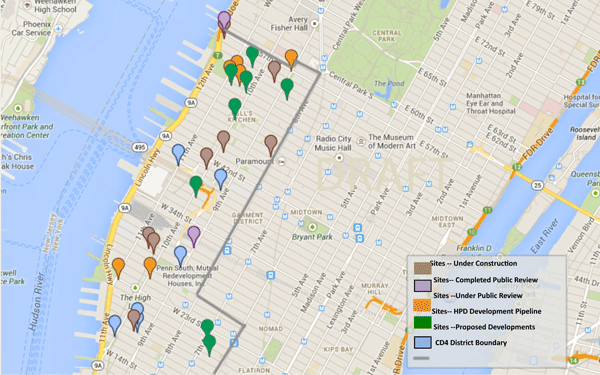
Possible development sites, from CB4’s Affordable Housing Plan.
REZONING, PRESERVATION AND PENN SOUTH
The 11,000 affordable apartments envisioned for the area could also come about through rezoning and by preventing existing units from falling into market rate. CB4’s plan suggests rezoning into residential, the industrial corridor on 11th Ave. from the W. 30s up to the W. 50s, and to use air rights from the Hudson River Park Trust to build higher. CB4 also puts forth that buildings financed under the 80/20 program and built before 2005, be affordable after the life of the tax abatement that went along with those projects. Buildings developed in the last five years have affordable housing that is permanent — but earlier, tax abatements lasted approximately 15 or 20 years, when affordable apartments would become market rate.
The suggestion by CB4 is that going forward, low-income units be exempt from real estate taxes. This has actually just happened in relation to Penn South. A law sponsored by NY State Senator Brad Hoylman and Assemblymember Richard Gottfried has authorized the New York City Council to renew the exemption of the 2,820-unit Penn South middle-income development (from W. 23rd to 29th Sts., btw. Eighth and Ninth Aves.) from paying property taxes for the next 50 years.
In trying to know how many buildings had affordable apartments with expiration dates, the HHHSC thanked its intern, Jack Leiman. There is no central listing of details for 80/20 buildings. Leiman spent many hours locating the buildings, investigating their financials, and mapping them out. The plan was prepared by CHDC with the help of Anna Huggins and Alissa Mitrisin who were also thanked for undertaking the labor-intensive organizational effort.
To see CB4’s affordable housing plan, visit nyc.gov/mcb4. Located in the middle column, about two-thirds of the way down on the page, you’ll see “Presentation of Affordable Housing Sites in Community District 4!” Click on the link, directly below.










